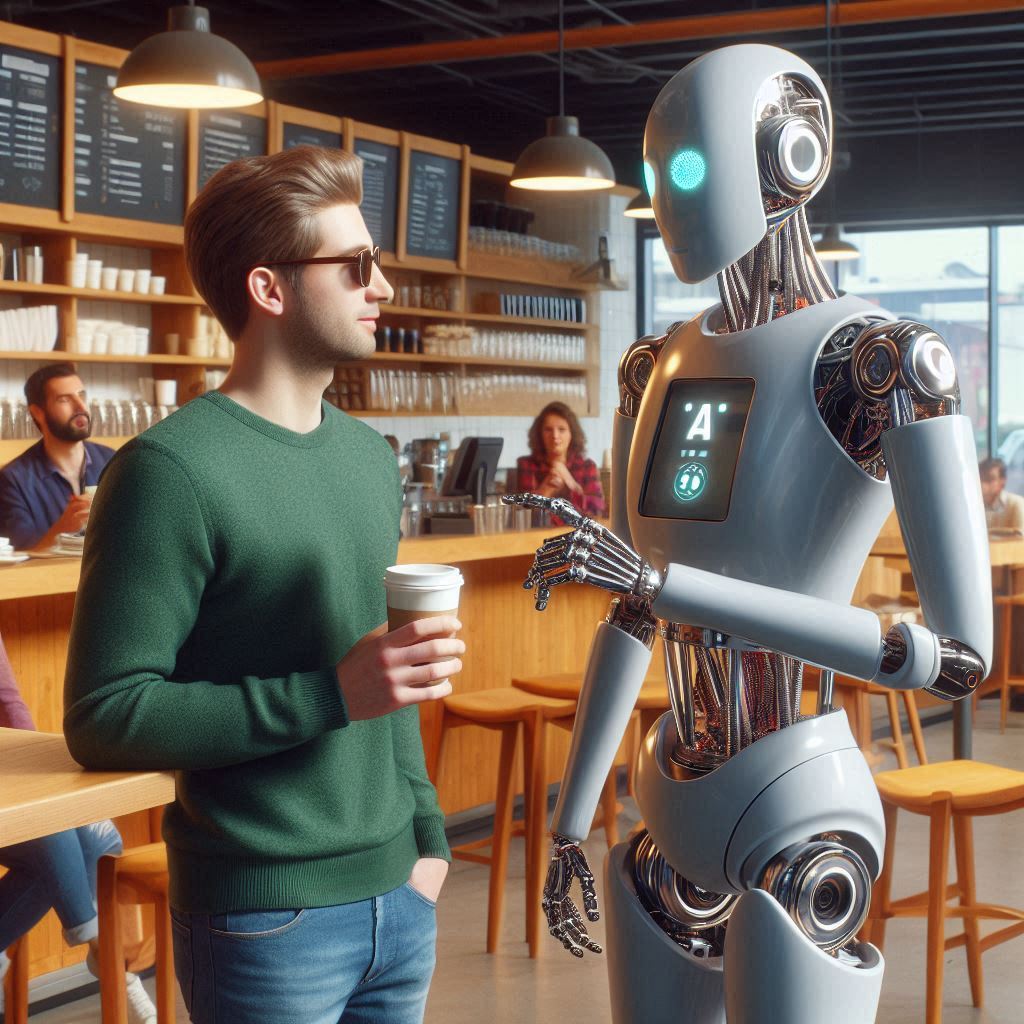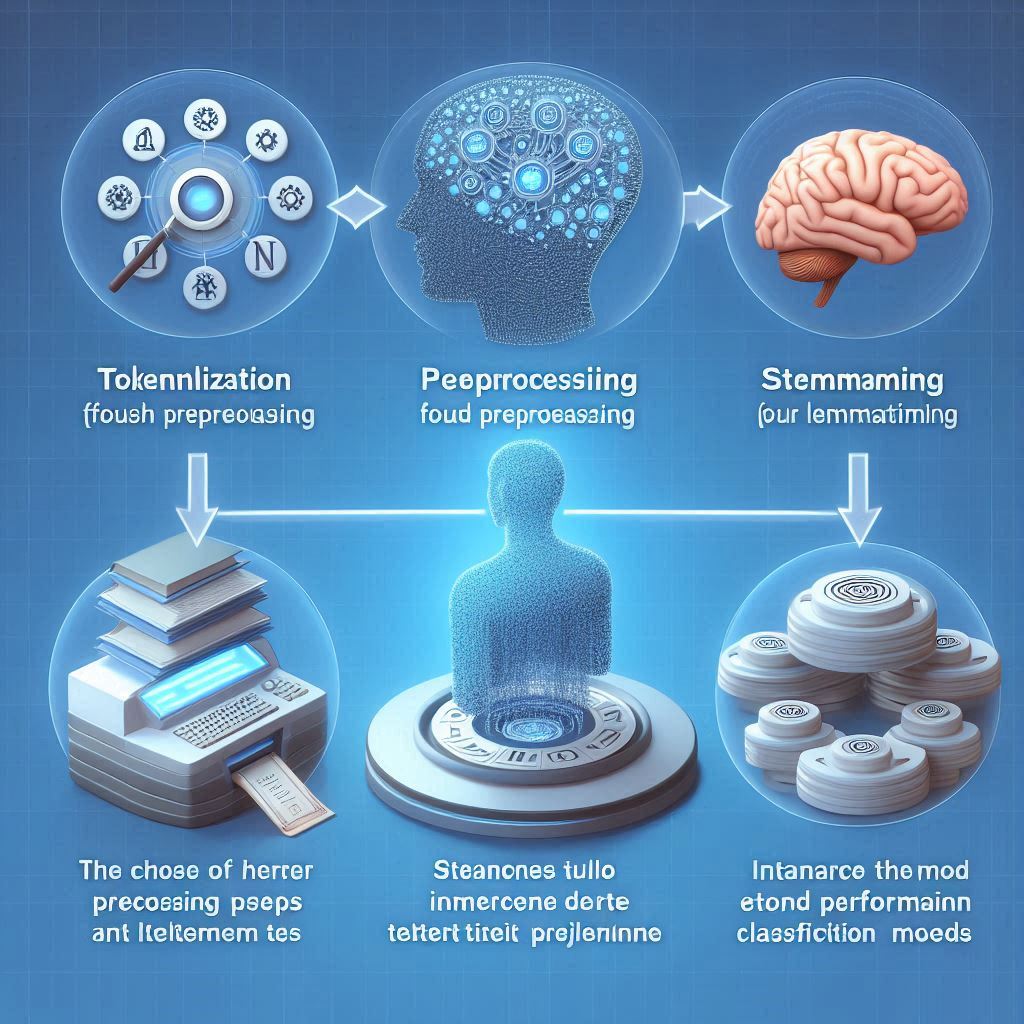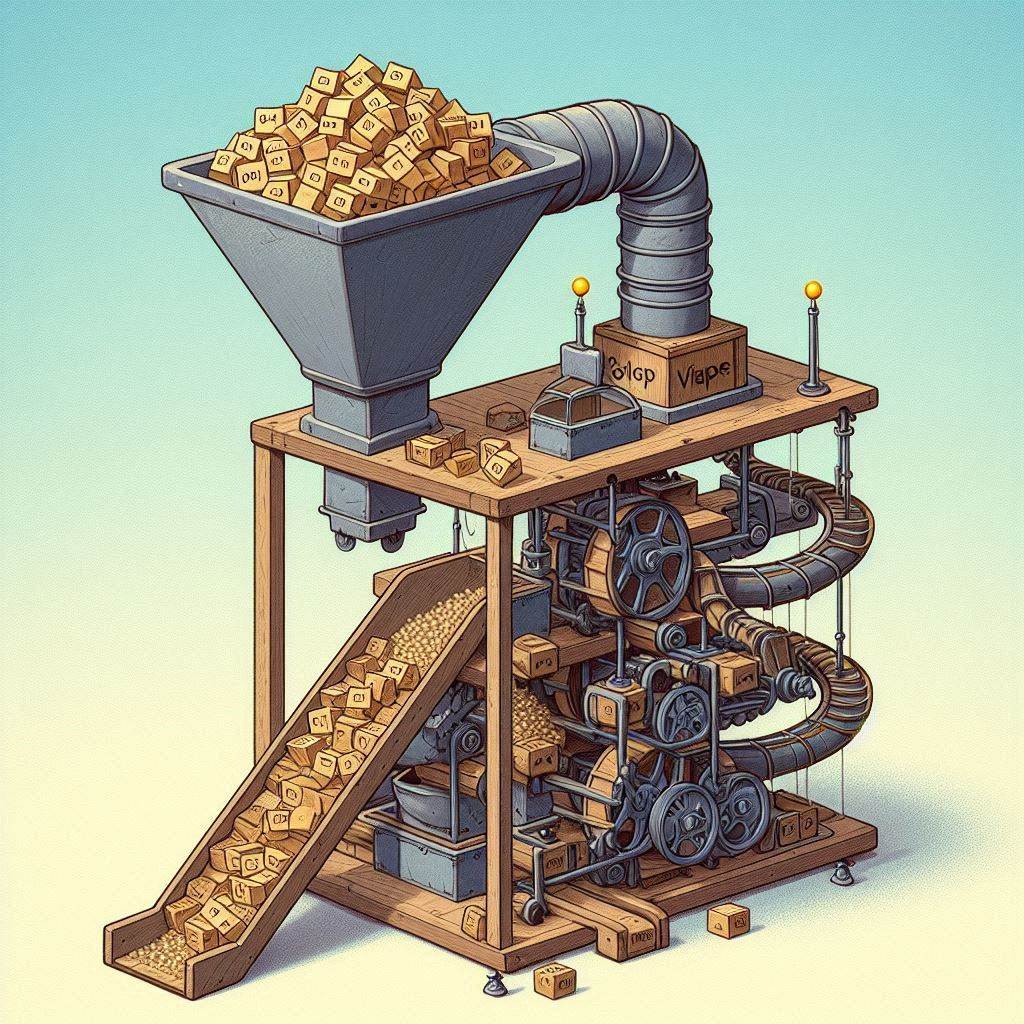Creating Content with Machine Learning IS The Future of Copywriting
Copywriting has always been an essential aspect of marketing. It is the art of creating persuasive content that encourages people to take action. However, with the advent of technology, copywriting has evolved. Today, copywriting is not just about writing compelling content but also about creating smarter content that resonates with the audience.
Machine learning is one of the technologies that have revolutionized copywriting. It is a subset of artificial intelligence that allows machines to learn from data and improve their performance without being explicitly programmed. Machine learning has tremendous potential in copywriting as it can help marketers create more effective and personalized content.
Copywriters can now use machine learning to create content that is more likely to be seen, read, and acted upon by their target audiences. Machine learning can be used to identify the most effective keywords, generate headlines that are more likely to be clicked on, and write copy that is tailored to the specific needs and interests of each audience segment.
For example, machine learning can be used to:
- Identify the most effective keywords for a particular audience
- Generate headlines that are more likely to be clicked on
- Write copy that is tailored to the specific needs and interests of each audience segment
By using machine learning, marketers can create content that is more likely to be seen, read, and acted upon by their target audiences.
Advantages of Machine Learning for Copywriting
Machine learning can help copywriters to create more effective content in a number of ways. First, it can help them to understand their audience better. Machine learning algorithms can analyze data about customer behavior, demographics, and interests to create detailed profiles of potential customers. This information can then be used to create content that is tailored to the specific needs and interests of each audience segment.
Second, machine learning can help copywriters to generate more creative and engaging content. Machine learning algorithms can be used to generate new ideas for content, as well as to improve the overall quality of the writing. This can help copywriters to create content that stands out from the competition and gets noticed by potential customers.
Finally, machine learning can help copywriters to save time and money. Machine learning algorithms can automate many of the tasks that are involved in copywriting, such as keyword research, content ideation, and content optimization. This can free up copywriters to focus on more creative and strategic tasks, such as developing relationships with clients and crafting effective marketing campaigns.
As machine learning continues to evolve, it is likely to play an even greater role in the future of copywriting. Copywriters who embrace this technology will be well-positioned to succeed in the years to come.
Here are some additional benefits of using machine learning for copywriting:
- Increased efficiency: Machine learning can automate many of the tasks involved in copywriting, freeing up copywriters to focus on more creative and strategic work.
- Improved quality: Machine learning can help copywriters to create more effective and engaging content by analyzing data about customer behavior, demographics, and interests.
- Personalized content: Machine learning can be used to create personalized content for each customer, which can help to increase engagement and conversions.
If you are a copywriter, I encourage you to explore the possibilities of using machine learning to improve your work. It is a powerful tool that can help you to create more effective and engaging content, and it is only going to become more important in the years to come.
Understanding Machine Learning and Its Benefits
Machine learning is a subset of artificial intelligence that allows machines to learn from data and improve their performance without being explicitly programmed. In other words, machine learning algorithms can learn from data and improve their accuracy over time.
The benefits of machine learning are numerous. It can help businesses automate repetitive tasks, improve decision-making, and create personalized experiences for customers. In copywriting, machine learning can help marketers create more effective and personalized content that resonates with their audience.
How Machine Learning Can Improve Your Writing
Machine learning can improve your writing in several ways. First, it can help you identify patterns in your writing and suggest improvements. For example, if you tend to use passive voice in your writing, machine learning algorithms can identify this pattern and suggest using active voice instead.
Second, machine learning can help you optimize your content for search engines. By analyzing search data, machine learning algorithms can identify the keywords and phrases that people are searching for and suggest incorporating them into your content.
Third, machine learning can help you create more personalized content. By analyzing data about your audience, machine learning algorithms can suggest content that is more relevant to their interests and needs.
The Role of Data in Creating Smarter Content
Data is a critical component of creating smarter content. Machine learning algorithms rely on data to learn and improve their performance. In copywriting, data can help marketers understand their audience’s needs, preferences, and behavior.
There are several sources of data that marketers can use to create smarter content. For example, website analytics can provide insights into how people are interacting with your website and what content is resonating with them. Social media analytics can provide insights into what people are saying about your brand and what topics are trending.
By analyzing this data, marketers can create content that is more relevant and engaging to their audience.
The Importance of Personalization in Copywriting
Personalization is becoming increasingly important in copywriting. People are bombarded with content every day, and they are more likely to engage with content that is personalized to their interests and needs.
Machine learning can help marketers create more personalized content by analyzing data about their audience. By understanding their audience’s needs and preferences, marketers can create content that is more relevant and engaging.
Personalization can take many forms, from using a person’s name in an email to recommending content based on their browsing history. By incorporating personalization into their copywriting, marketers can create content that resonates with their audience and drives engagement.
Using Machine Learning to Analyze Your Audience
Machine learning can help marketers analyze their audience in several ways. First, it can help them understand their audience’s needs and preferences. By analyzing data about their audience, machine learning algorithms can identify patterns and trends that can inform content creation.
Second, machine learning can help marketers identify the best channels to reach their audience. By analyzing data about their audience’s behavior, machine learning algorithms can identify which channels are most effective for reaching them.
Third, machine learning can help marketers identify the best time to reach their audience. By analyzing data about their audience’s behavior, machine learning algorithms can identify the best time to send emails, post on social media, and publish content.
Tips for Incorporating Machine Learning into Your Writing Process
Incorporating machine learning into your writing process can be challenging, but it can also be incredibly rewarding. Here are some tips for getting started:
- Start small – Incorporating machine learning into your writing process can be overwhelming. Start small by identifying one area where machine learning can help you improve your writing.
- Use the right tools – There are many tools available that can help you incorporate machine learning into your writing process. Choose the tools that are best suited to your needs.
- Analyze your data – Machine learning relies on data to learn and improve. Analyze your data to identify patterns and trends that can inform your content creation.
- Experiment – Machine learning is not a one-size-fits-all solution. Experiment with different approaches to see what works best for your audience.
Common Misconceptions About Machine Learning in Copywriting
There are several misconceptions about machine learning in copywriting. One of the most common is that machine learning will replace human writers. While machine learning can help improve the efficiency and effectiveness of copywriting, it cannot replace the creativity and nuance of human writers.
Another misconception is that machine learning is a magic bullet that will solve all copywriting problems. While machine learning can help improve copywriting, it is not a silver bullet. It requires careful analysis and experimentation to achieve the desired results.
Examples of Successful Machine Learning in Copywriting
There are many examples of successful machine learning in copywriting. One of the most notable is Grammarly, a writing assistant that uses machine learning to help people improve their writing. Grammarly analyzes text for grammar, spelling, and punctuation errors and suggests improvements.
Another example is Persado, a platform that uses machine learning to create persuasive copy. Persado analyzes data about the audience and creates copy that is tailored to their needs and preferences.
The Ethics of Machine Learning in Copywriting
As with any technology, there are ethical considerations when it comes to machine learning in copywriting. One of the most significant concerns is the potential for bias. Machine learning algorithms are only as unbiased as the data they are trained on. If the data contains biases, the algorithms will also be biased.
Another concern is the potential for privacy violations. Machine learning algorithms rely on data to learn and improve. If the data is not properly secured, it can be vulnerable to hacking and other forms of cybercrime.
The Future of Copywriting and Machine Learning
The future of copywriting is bright, thanks to machine learning. As machine learning algorithms become more sophisticated, they will be able to create even more personalized and effective content. Copywriting will become more data-driven, with marketers relying on data to inform their content creation.
… and The Future Is Here Now!
The future of copywriting is here now. Machine learning is revolutionizing the process of writing copy, and it is only going to become more and more important in the years to come. This entire article was generated using AI with minimal human input and only a few minor edits.
Conclusion: Embracing the Power of Machine Learning in Copywriting
Machine learning has the potential to revolutionize copywriting. By analyzing data about the audience, machine learning algorithms can help marketers create more effective and personalized content. However, incorporating machine learning into your writing process requires careful analysis and experimentation. By embracing the power of machine learning, marketers can create smarter content that resonates with their audience and drives engagement.












